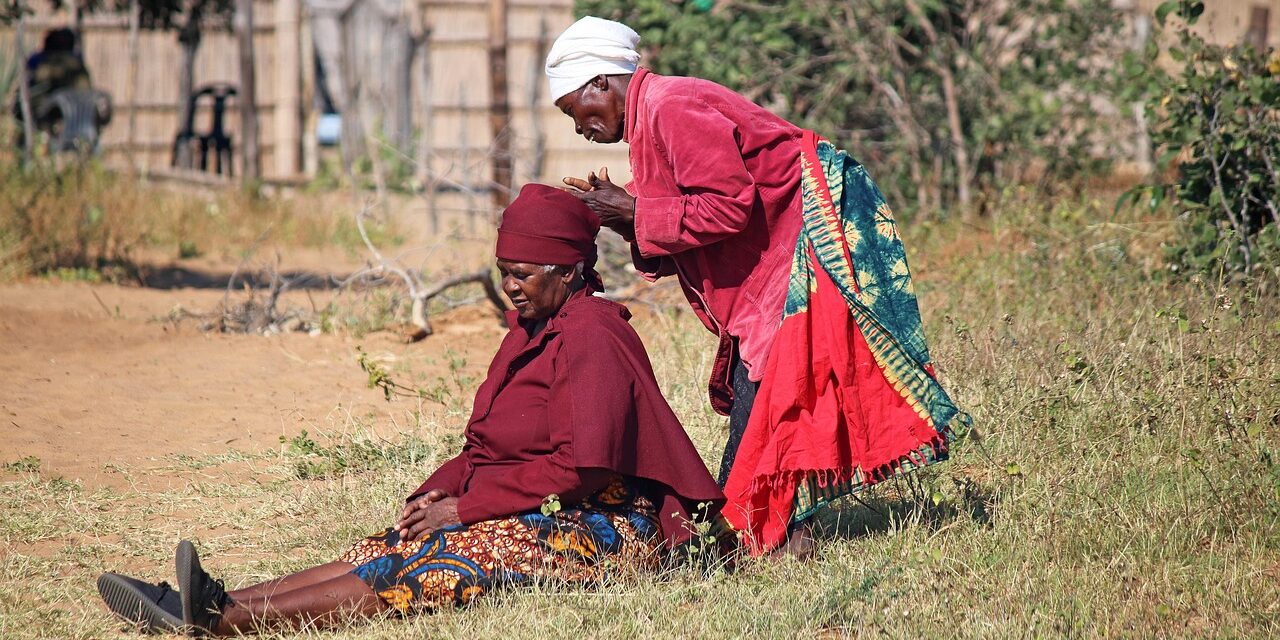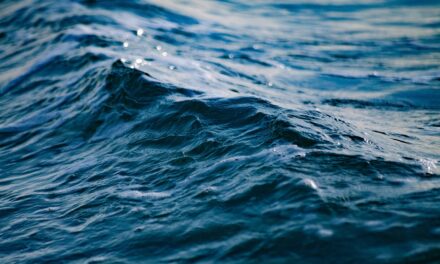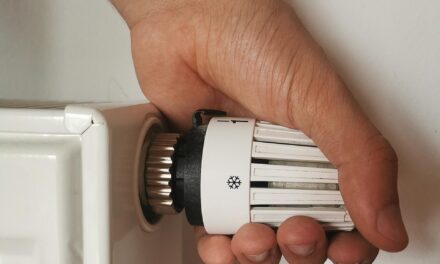Role of local communities and stakeholders in conservation efforts explained
Role of local communities and stakeholders in conservation efforts, and more…
Saving Our Salty Friend: The Great Salt Lake
Let’s talk about the Great Salt Lake, a vital part of our beautiful landscape! It’s like a giant bathtub, with water flowing in and out to keep it healthy. But lately, the water level has been dropping, and that’s bad news for all of us.
The Active Climate Rescue Initiative is a group of amazing people working hard to find solutions to help the Great Salt Lake. They’re studying how water flows in and out of the lake, and figuring out ways to bring it back to its healthy state.
Why is it important to help the Great Salt Lake? Well, it’s home to many incredible animals and plants, and it plays a big role in our local economy.
Let’s learn more about the Great Salt Lake and what we can do to help!
The Great Salt Lake: A Thirsty Story
TL;DR – The Great Salt Lake is shrinking, which is bad news for the people and wildlife that depend on it. Climate change is making things worse, and we need to act now to save the lake. This article explores the water cycle of the Great Salt Lake, the effects of water shortages, and potential solutions to bring back the lake’s health.
A Lake in Trouble: The Great Salt Lake’s Water Cycle
Imagine a giant bathtub, where water flows in and out, keeping the water level just right. The Great Salt Lake is like that bathtub. Water flows in from rivers like the Jordan and Bear Rivers, bringing fresh water from the mountains. This water carries important minerals and nutrients that support life in the lake. But, like the bathtub, water also flows out. The sun’s heat causes water to evaporate, leaving behind salt, making the Great Salt Lake very salty!
This is the natural water cycle of the Great Salt Lake: water flows in, some evaporates, and some flows out. But this balance is being disrupted, causing the lake to shrink.
The Shrinking Lake: What’s Happening?
The Great Salt Lake is facing a serious water shortage. This means less water is flowing into the lake than is flowing out or evaporating. There are many reasons for this:
- Climate Change: Climate change is causing warmer temperatures and less snow in the mountains. This means less water flows into the rivers that feed the Great Salt Lake.
- Growing Population: More people living in the area means more water is needed for drinking, farming, and businesses. This takes water away from the lake.
- Water Use: We use a lot of water for lawns, farms, and industries. This water is not making its way to the lake, leading to lower water levels.
The Consequences of a Shrinking Lake
A shrinking Great Salt Lake has serious consequences:
- Dust Storms: As the lake shrinks, dry lakebed is exposed. Strong winds can pick up the dry dust, creating dangerous dust storms that can harm people and wildlife.
- Wildlife Habitat Loss: Many birds, fish, and other animals depend on the Great Salt Lake for food and shelter. As the lake shrinks, their habitat disappears, putting them at risk.
- Air Quality: Dust storms from the dry lakebed can carry harmful pollutants, making the air quality worse for everyone.
- Economic Impact: The Great Salt Lake supports tourism, recreation, and industries. A shrinking lake hurts these industries, leading to job losses and economic decline.
Working Together to Save the Lake
The good news is that we can make a difference! Many people and groups are working together to save the Great Salt Lake. This includes:
- Water Conservation: Using less water at home and in businesses can help save water for the lake.
- Innovative Irrigation: Farmers are exploring new ways to use less water to grow crops, allowing more water to reach the lake.
- Policy Changes: Governments are making changes to laws and regulations to encourage water conservation and protect the lake.
The Active Climate Rescue Initiative is one example of a group working hard to save the Great Salt Lake. They are researching solutions to address the water shortages in the Great Basin, which includes the Great Salt Lake. They are exploring ways to collect and store water, improve water efficiency, and create sustainable water management practices.
The Future of the Great Salt Lake
The Great Salt Lake is an important part of our environment and economy. By working together, we can help restore its health and protect it for future generations. Here’s a summary of key points:
- Water Shortages: The Great Salt Lake is facing water shortages due to climate change, population growth, and water use.
- Impact of Shortages: This is causing the lake to shrink, leading to dust storms, wildlife habitat loss, air quality problems, and economic damage.
- Community Action: Local communities and organizations are working together to conserve water, innovate irrigation practices, and change policies to save the lake.
- Active Climate Rescue Initiative: The Active Climate Rescue Initiative is a great example of a group working to find solutions to water shortages in the Great Basin, including the Great Salt Lake.
This is a big challenge, but by working together, we can ensure that the Great Salt Lake continues to be a vibrant and important part of our lives.
More on Role of local communities and stakeholders in conservation efforts…
- ## SEO Keywords: Role of Local Communities and Stakeholders in Conservation Efforts
- **Local community involvement in conservation
- **Stakeholder engagement in conservation projects
- **Community-based conservation initiatives
- **Role of indigenous communities in conservation
- **Collaborative conservation efforts
- **Benefits of local participation in conservation
- **Challenges of community-based conservation
- **Sustainable conservation practices
- **Community-led conservation projects
- **Conservation planning with local communities
- **Engaging local communities in environmental protection
- **Building community capacity for conservation
- **Empowering local communities for conservation
- **Participatory conservation
- **Co-management of natural resources
- **Community-based wildlife management
- **Local knowledge in conservation
- **Traditional ecological knowledge for conservation
- **Community-driven conservation programs
- **Conservation partnerships with local communities
- ## SEO Keywords: Causes of Water Shortages
- **Causes of water scarcity
- **Water stress and drought
- **Climate change and water scarcity
- **Overpopulation and water demand
- **Unsustainable water use
- **Water pollution and contamination
- **Inefficient water management
- **Water infrastructure challenges
- **Depletion of groundwater resources
- **Impacts of urbanization on water resources
- **Water scarcity in developing countries
- **Global water crisis
- **Water security and access
- **Water conservation and management
- **Solutions to water shortages
- **Water resource planning and management
- **Impact of water shortages on agriculture
- **Water shortages and human health
- **Water footprint and sustainability
- **Water governance and policy











